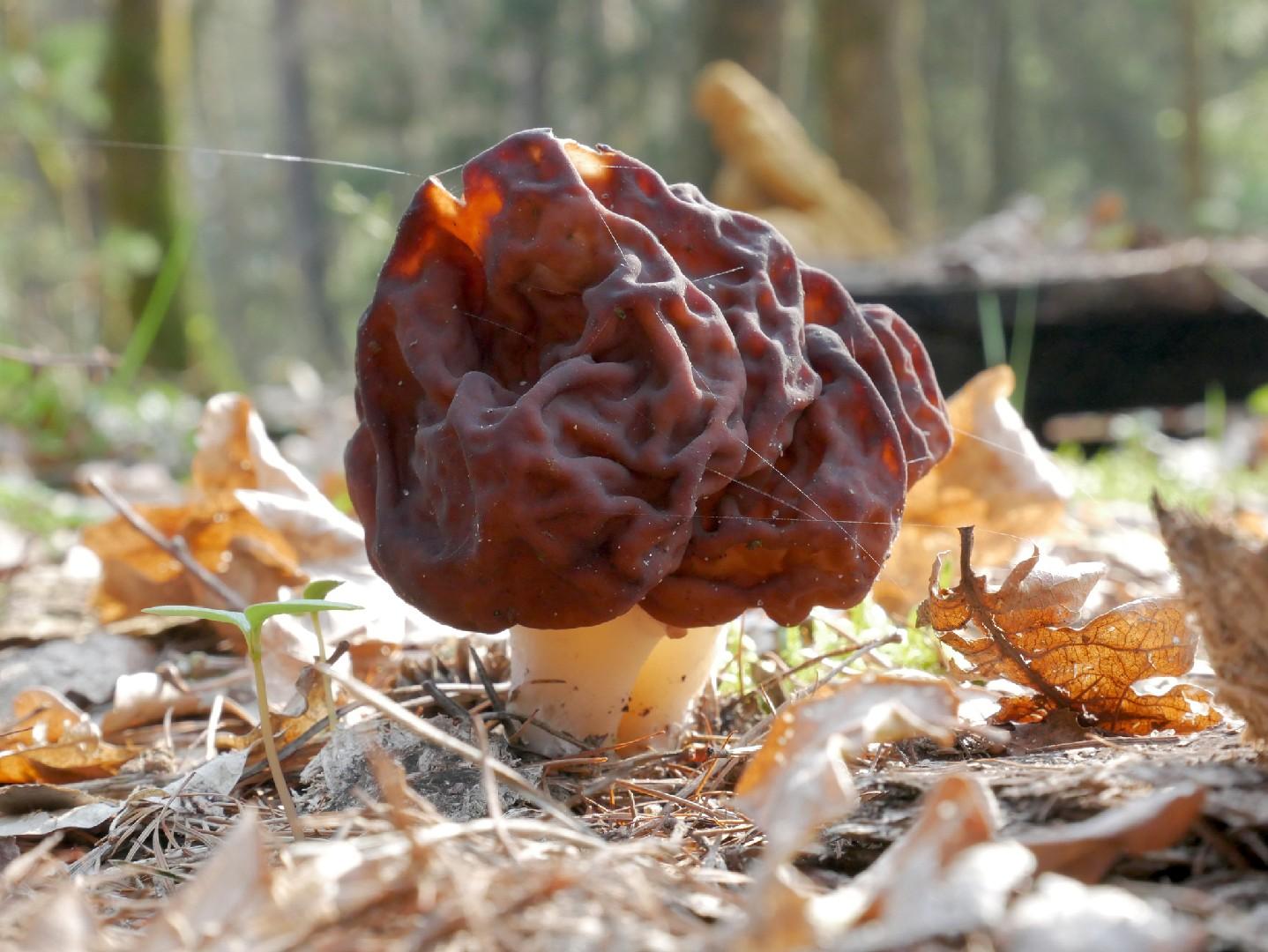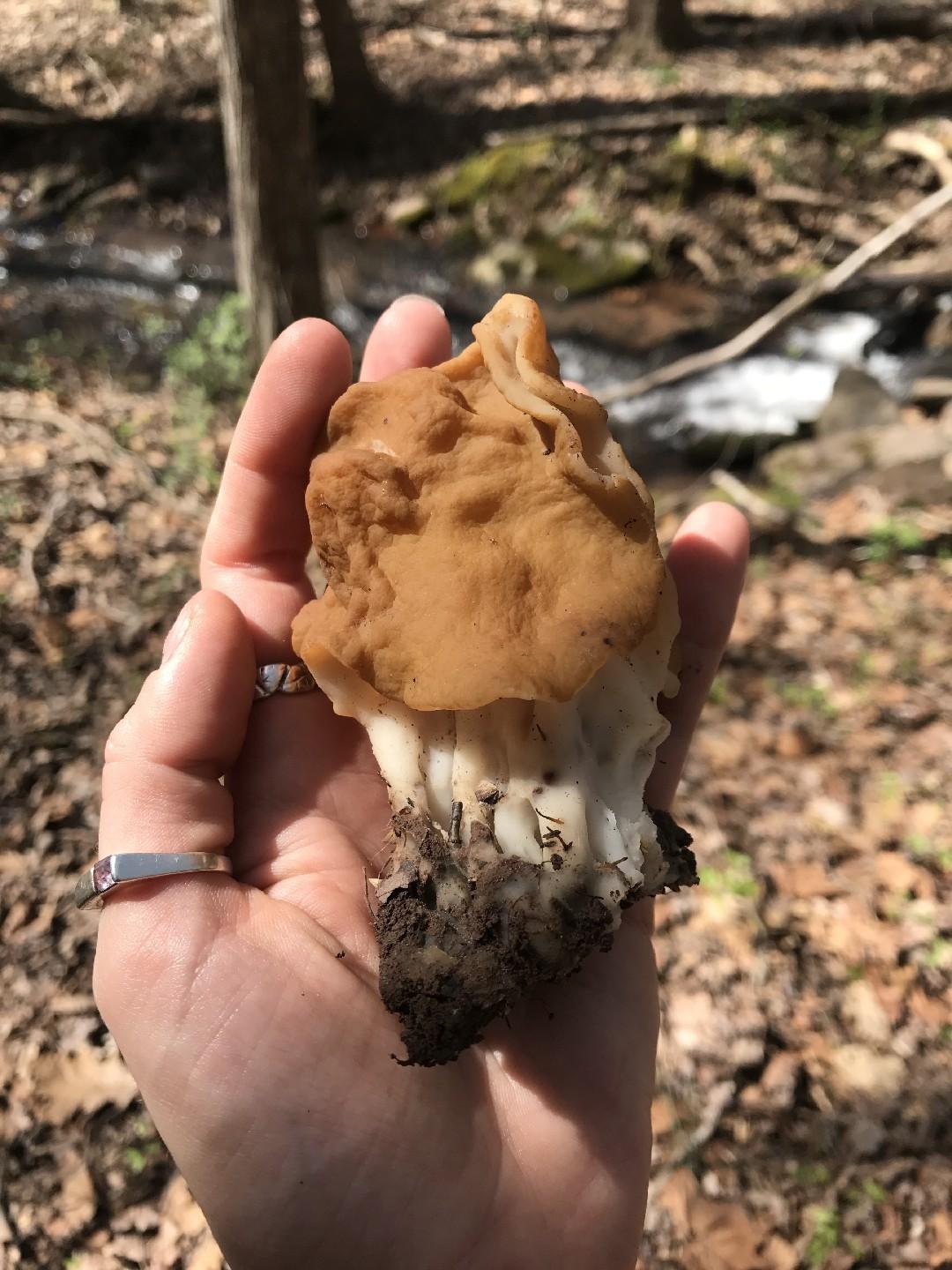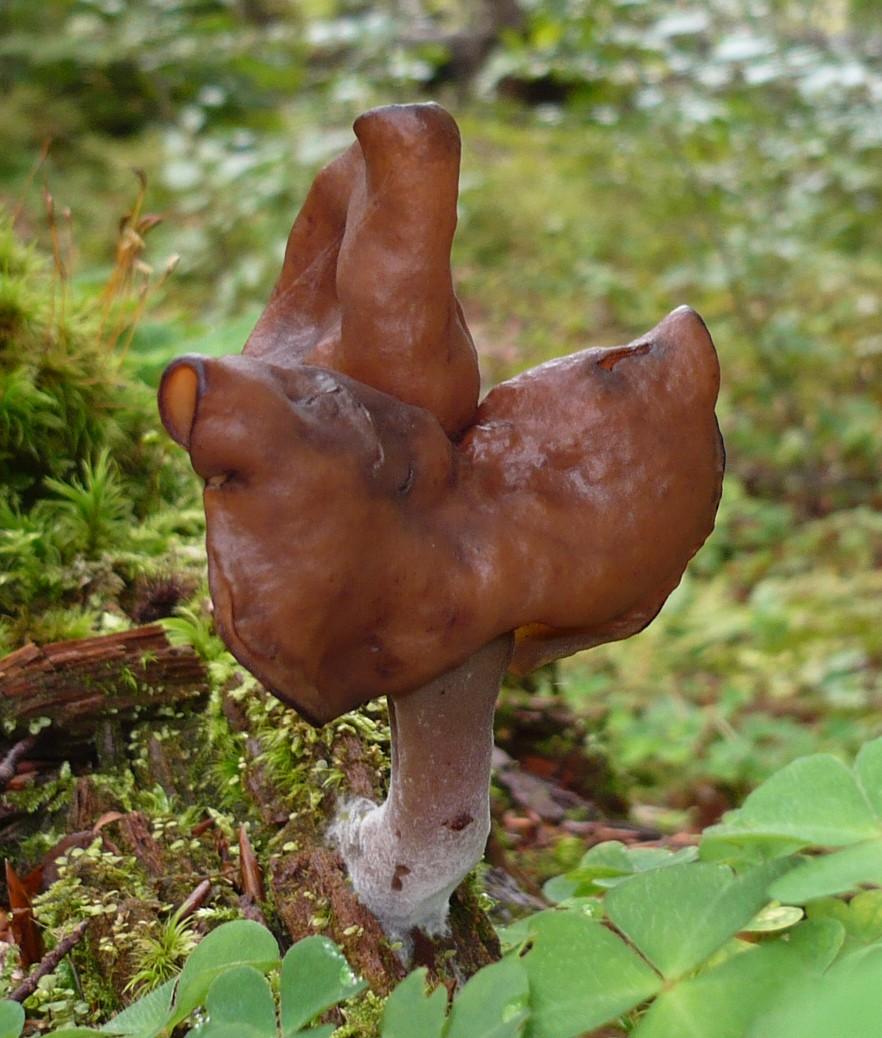

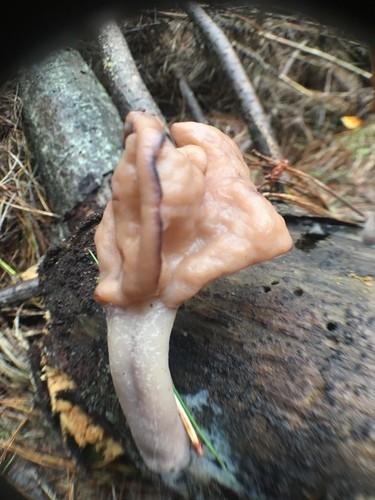
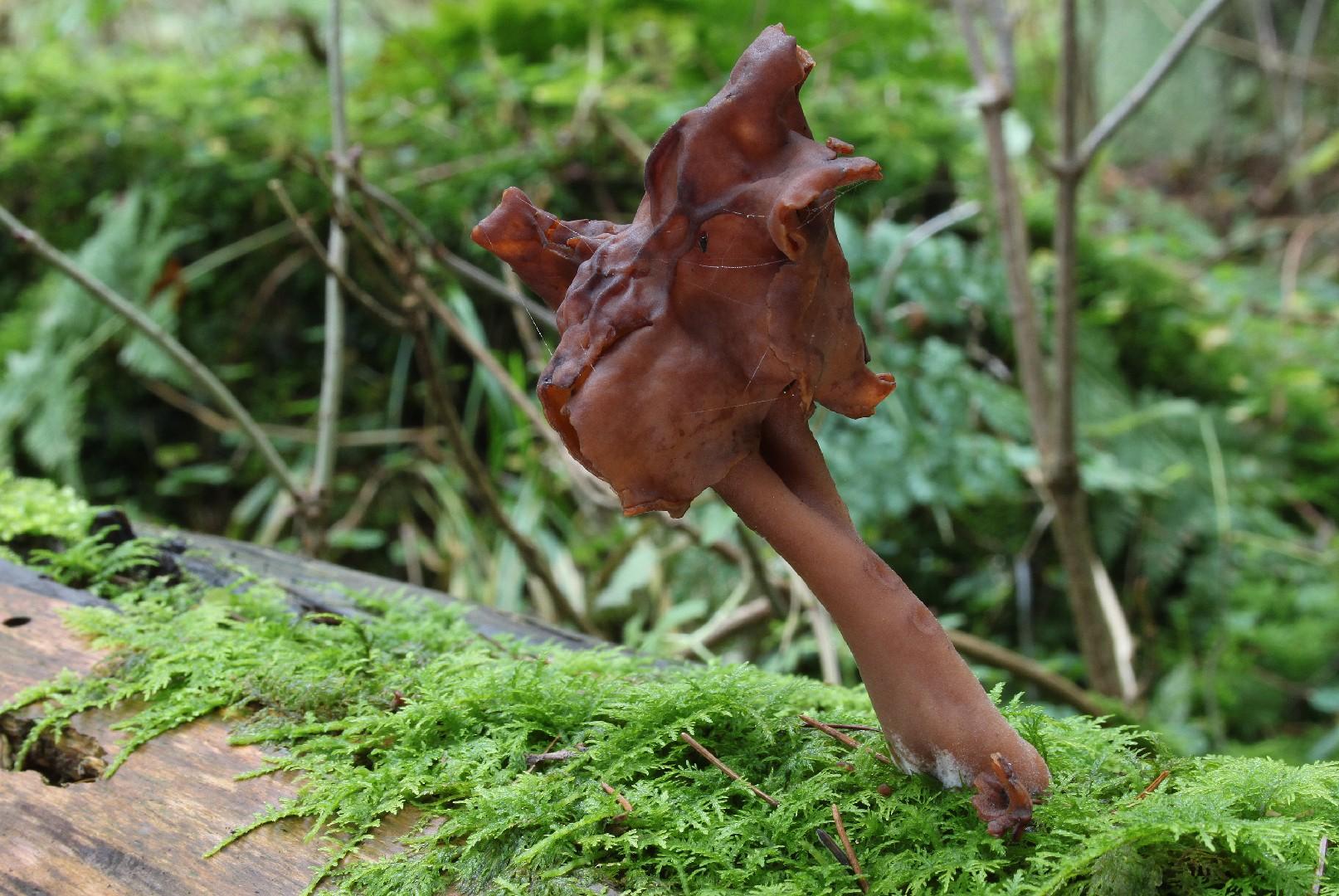
Hooded false morel
Gyromitra infula
A species of False morel. Also known as Pouched false morel.
The hooded false morel, known scientifically as Gyromitra infula, bears less resemblance to genuine morels than certain other false morel species. Its cap is characteristically uneven, frequently resembling a saddle, and typically lacks the distinctive honeycomb-like perforations found on common morels. This species is extensively found throughout the temperate regions of the northern hemisphere, typically growing on decaying coniferous timber.
Attributes of Hooded false morel
Scientific Classification of Hooded false morel
Toxicity and Edibility of Hooded false morel
Is Hooded false morel Toxic?
The hooded false morel, a neurotoxic fungus, commonly appears in spring within both coniferous and deciduous forests. Ingesting this mushroom can cause serious health problems, ranging from headaches and stomach pain to, in severe instances, delirium and coma. A key characteristic of this species is its distinctly brain-like cap, which is irregularly lobed and wrinkled.
Is Hooded false morel Toxic to Dogs?
Hooded false morel can be dangerous to dogs. If your pet has consumed this mushroom, seek immediate veterinary attention. Symptoms may vary, but early intervention is crucial for the best outcome.
